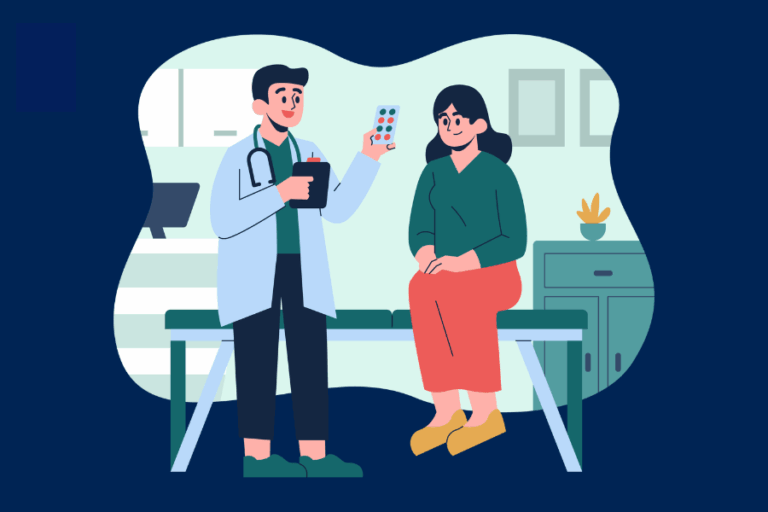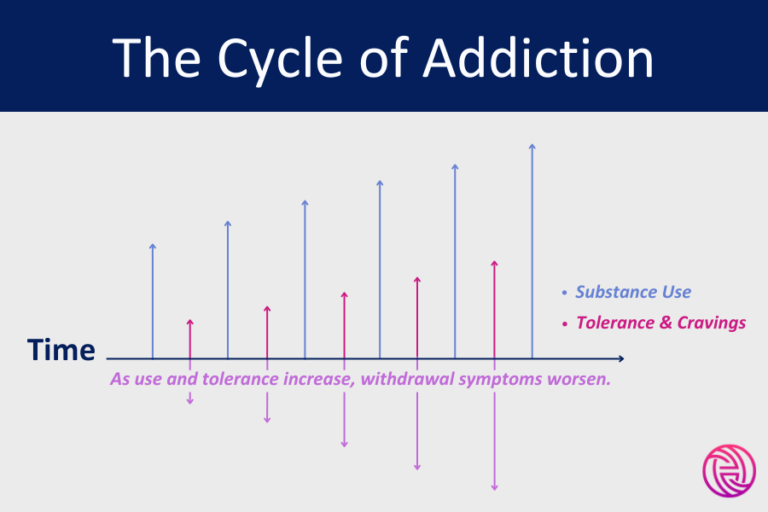What is Medication-Assisted Treatment?
Medication-Assisted Treatment (MAT) refers to the use of medications combined with counseling and behavioral therapies to treat substance use disorders. It’s a comprehensive, evidence-based approach that supports the whole person by reducing cravings, managing withdrawal symptoms, and creating space for real healing and behavioral change.
When is Medication-Assisted Treatment Utilized?
MAT is most commonly used to treat opioid and alcohol use disorders. For people struggling with opioid dependence, whether from prescription painkillers like oxycodone or illicit substances like heroin and fentanyl, MAT can be lifesaving. Similarly, for those who find alcohol use becoming unsafe, unhealthy, or uncontrollable, MAT offers a pathway to stability and recovery. In either case, different medications are used depending on the substance involved, and doses are personalized based on cravings and risks of unpleasant withdrawal symptoms.
Medications used for MAT
The specific medications used in MAT depend on the substance being treated. Here are the most common medications:
Medications For Opioid Use Disorder:
Methadone: A long-acting opioid agonist taken daily at specialized clinics. It reduces cravings and withdrawal symptoms without producing a high when used as prescribed.
Buprenorphine (Suboxone, Subutex, Sublocade, etc.): A partial opioid agonist that eases withdrawal and cravings. It has a “ceiling effect” that lowers overdose risk and can be prescribed in outpatient settings, including via telehealth.
Naltrexone (Vivitrol): An opioid antagonist that blocks the effects of opioids. Unlike methadone or buprenorphine, it does not reduce cravings but prevents any high if opioids are used. It requires a full detox before starting.
For Alcohol Use Disorder:
Naltrexone (Vivitrol injection or oral tablets): Also used for alcohol use disorder, it reduces the pleasure of drinking and helps curb cravings.
Acamprosate (Campral): Helps restore the brain’s chemical balance disrupted by long-term alcohol use and reduces the urge to drink, especially after detox.
Disulfiram (Antabuse): Creates unpleasant effects (like nausea and flushing) if alcohol is consumed, acting as a deterrent. It is most effective for people who are already committed to abstinence and want extra accountability.
Each of these medications plays a unique role in helping people regain physical and mental stability, reduce relapse risk, and stay engaged in long-term recovery programs. Decisions about which medication to use should always be made with a qualified provider, based on individual needs, goals, and medical history.
What About Narcan? And, How It’s Different from Naltrexone
Narcan (naloxone) is a life-saving medication used to reverse opioid overdoses. It works by rapidly binding to opioid receptors in the brain and blocking the effects of opioids like heroin, fentanyl, and oxycodone. When someone is experiencing an overdose, Narcan can quickly restore normal breathing and prevent death, but it is not a treatment for addiction.
Because Narcan and naltrexone both block opioid receptors, people often confuse the two. However, they are used for very different purposes:
Narcan (naloxone): Used in emergency situations to reverse the effects of an opioid overdose. It acts quickly but wears off within 30 to 90 minutes. It is available as a nasal spray or injection and is often carried by first responders, family members, and people at risk of overdose.
Naltrexone: Used as part of long-term treatment for opioid or alcohol use disorder. It blocks the effects of opioids or alcohol over a longer period and is taken as a daily pill or monthly injection (Vivitrol) to support abstinence.
In short, Narcan saves lives in the moment, while naltrexone helps people maintain recovery over time. Both play important roles in fighting the opioid epidemic, but they are not interchangeable. If someone has experienced an overdose or is at risk, carrying Narcan and seeking treatment that includes MAT can be the next essential steps.
Misconceptions about MAT
Another common misconception is that MAT simply replaces one drug with another. In reality, that belief is not accurate. These medications are not used to create a high or sustain addiction: they are prescribed at therapeutic doses to help stabilize the brain and body, giving individuals the space to focus on recovery. Studies have consistently shown that MAT reduces the risk of overdose, improves treatment retention, and helps people return to their families, jobs, and communities. Much like prescriptions used to treat obesity or ADHD, medications reduce the symptoms that are obstacles to learning the behavioral strategies used to manage the disease.
Medication, however, is just one part of MAT. The treatment also includes counseling, therapy, and other forms of support that help people address the emotional, social, and behavioral aspects of addiction. Recovery is not only about stopping the use of a substance, it’s about rebuilding a life with health, purpose, and connection.
MAT isn’t the right solution for everyone, and the choice to begin treatment is personal. The best path depends on factors like a person’s medical history, substance use patterns, and personal goals. Some people stay on MAT long term; others use it as a temporary support while working through therapy and life changes.
Benefits: Accessibility and Improved Outcomes
Today, MAT is more accessible than ever. It can be started in traditional healthcare settings, specialized clinics, and even through telehealth. Thanks to changes in federal and state policies, more providers can prescribe these medications, and most insurance plans, including Medicaid and Medicare, offer coverage.
Medication-Assisted Treatment is not a magic cure, but it is a powerful, science-backed approach to treating addiction. It gives people an opportunity to regain stability, take control of their lives, and work toward lasting recovery. If you or someone you know is ready to explore treatment, a conversation with a treatment provider can be a life-changing first step. Recovery is possible, and MAT can help make it real.
Ready for recovery? Holon Health can help. We provide healthcare services and cash rewards to clients with Medicaid or Medicare. Enroll today! Questions? Email info@holonhealth.com.



